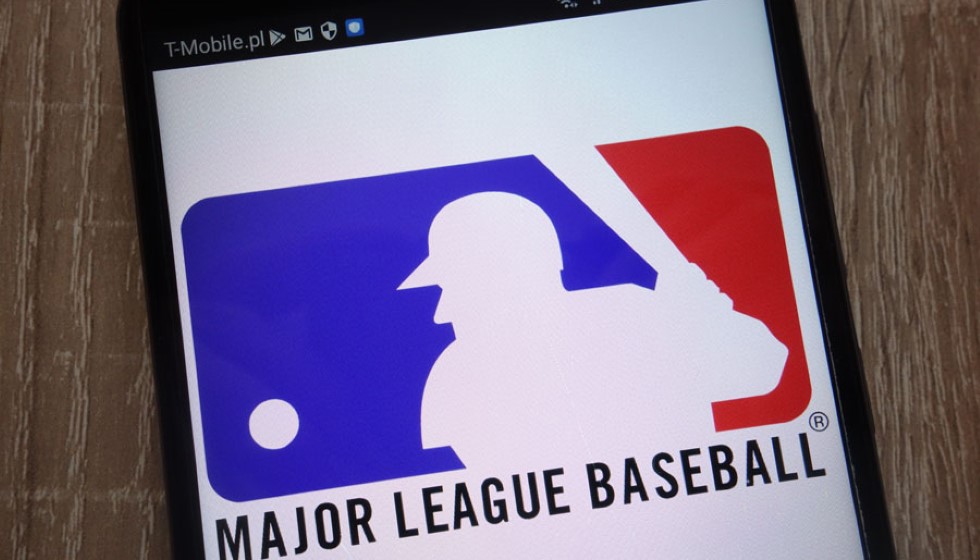
In a bold move that is sure to keep the hot stove buzzing this offseason, the Los Angeles Dodgers have reached an agreement with free-agent pitcher Blake Snell on a substantial contract. The left-handed ace, who had been one of the most-sought-after free agents this winter, has signed a five-year deal with the Dodgers valued at a staggering $182 million. The acquisition of Snell adds another formidable arm to a pitching rotation that has consistently been among the league's best over the past decade.
The deal, which includes a hefty $52 million signing bonus, underscores the Dodgers' commitment to remaining competitive in an ever-evolving baseball landscape. Snell's average annual value (AAV) for Competitive Balance Tax (CBT) purposes clocks in just above $32 million. However, if the tax system were structured differently, taxing teams on the full value of the contract per season, Snell's figure would rise to an imposing $36.4 million. This discrepancy highlights the nuances of baseball’s financial game, where team payroll strategies often play out as crucially as in-game strategies on the field.
The impact of Snell's signing is not just confined to the dollars and cents of the contract. As the Dodgers look to build on their recent successes, the acquisition signals their ongoing commitment to stockpiling talent. The organization, known for an astute blend of homegrown prospects and high-profile signings, appears to be considering other additions as well. Among these are outfielder Teoscar Hernández and the tantalizing prospect of signing Roki Sasaki from Nippon Professional Baseball (NPB), intriguing options that could further bolster the Dodgers' robust lineup.
Ohtani's Influence on Contract Strategies
Adding another layer to the Dodgers’ financial machinations is the presence of Shohei Ohtani. Ohtani, who secured an unprecedented 10-year, $700 million deal, represents another significant investment by the franchise. His CBT figure stands at an eye-catching $46,076,768 per year. Interestingly, this figure is tempered thanks to deferral strategies, showcasing the intricate planning teams engage in to balance competitiveness with fiscal responsibility. The Dodgers' payroll for the 2025 season is projected to hover around $260 million, indicating a willingness to push boundaries in pursuit of another championship banner.
While these high-profile signings capture headlines, they also reflect the broad strategy of reinvestment in roster strength. A remarkable 67% of the Dodgers' revenue is funneled directly back into their payroll, a figure that compares favorably against many other clubs that are often perceived, as Travis Sawchik from The Score noted with his 'Scrooge Index,' to keep reserves rather than satisfy fan desires for a competitive roster.
The Pursuit of Sustained Success
The Dodgers' approach underscores a broader mission within Major League Baseball—delivering consistent and sustained success. By integrating marquee players like Snell and Ohtani into their roster, they send a clear message: the pursuit of World Series titles is an ongoing, dynamic process. Success in MLB is invariably cyclical, influenced by a myriad of factors ranging from player development within the farm system to shrewd trade decisions and strategic financial planning. The nuanced layers of these decisions are woven together in contracts that sometimes resemble economic puzzles more than straightforward agreements.
In conclusion, with the signing of Blake Snell, the Dodgers have not only secured their immediate future but have also hedged their bets against the uncertain nature of baseball's long season. Snell’s arrival, coupled with the potential of additional signings such as Hernández and Sasaki, maintains the Dodgers' commitment to providing their fans with a competitive and compelling product on the field. Amidst the broader narrative of baseball's evolving financial strategies, the Dodgers remain a benchmark for ambition and execution, striving to translate their considerable investments into sustained success.